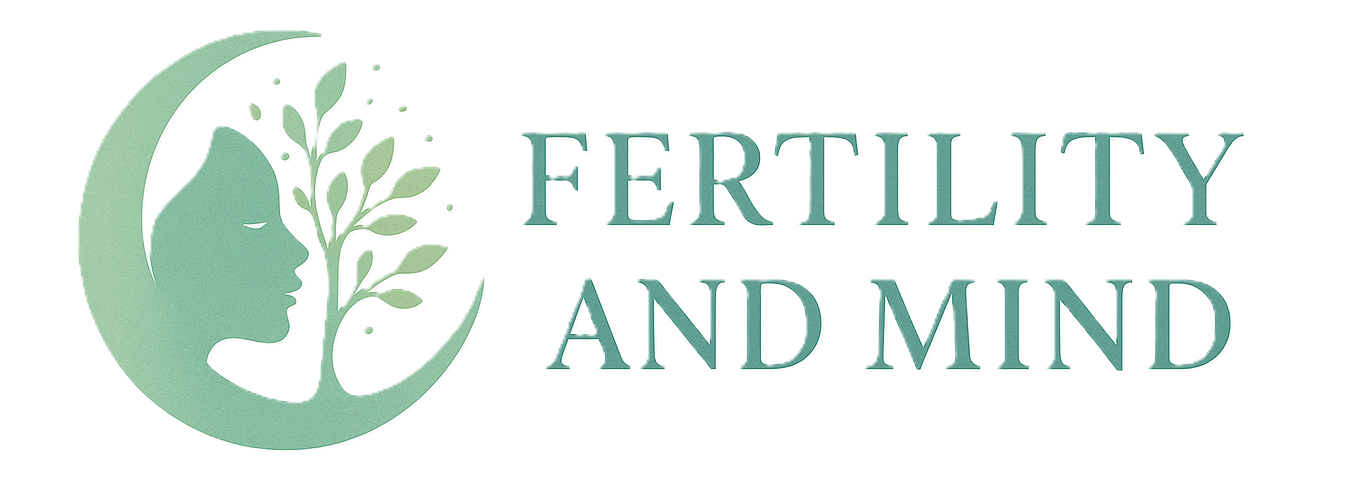
For many couples, the journey to parenthood doesn’t follow the path they once imagined. When natural conception proves challenging, fertility treatments can provide new hope. Among the most common options are intrauterine insemination (IUI) and in vitro fertilization (IVF). Understanding how these treatments work and what they mean both medically and emotionally can help couples feel more prepared for the road ahead.
Understanding Fertility Treatments
Why couples may need assisted reproduction
Fertility challenges can arise for many reasons: ovulation disorders, low sperm count, unexplained infertility, age, or other health conditions. Assisted reproduction treatments are designed to overcome these obstacles and bring sperm and egg closer together in a more controlled way.
Key differences between natural conception and fertility treatments
In natural conception, fertilization happens inside the body, while treatments like IUI and IVF increase the chances of egg and sperm meeting through medical intervention. Both IUI and IVF support this process in different ways.
What Is IUI (Intrauterine Insemination)?
How the procedure works step by step
- Ovulation is stimulated or monitored.
- Sperm is collected and “washed” to select the healthiest.
- The sperm is placed directly into the uterus at the time of ovulation.
This process shortens the journey sperm need to travel and increases the likelihood of fertilization.
Success rates and when it is recommended
IUI is typically recommended for couples with mild male factor infertility, unexplained infertility, or cervical issues. Success rates vary, usually ranging between 10–20% per cycle, depending on age and health factors.
Benefits and limitations of IUI
- Pros: Less invasive, lower cost, quicker procedure.
- Cons: Lower success rates compared to IVF, may require multiple cycles.
“When we first tried IUI, I felt hopeful it seemed less overwhelming than other treatments. Even though it didn’t work for us, it helped me learn patience in the process.”
What Is IVF (In Vitro Fertilization)?
The IVF process: stimulation, retrieval, fertilization, and transfer
- Ovarian stimulation with hormones to produce multiple eggs.
- Egg retrieval under medical supervision.
- Fertilization of eggs with sperm in the lab.
- Transfer of one or more embryos into the uterus.
Success rates, risks, and potential side effects
IVF offers higher success rates often 40% or more per cycle for women under 35 but can also involve side effects from medications, the emotional stress of waiting, and possible complications.
Benefits and challenges of IVF
- Pros: Higher success rates, advanced techniques (genetic testing, embryo freezing).
- Cons: More invasive, higher cost, emotionally and physically demanding.
“Moving from IUI to IVF felt like a big leap. The injections and constant appointments were intimidating at first, but they also gave me a sense that we were taking stronger steps toward our dream.”
Comparing IUI and IVF
Cost differences between IUI and IVF
IUI typically costs a fraction of IVF, often between $300–$1,000 per cycle, while IVF can range from $12,000–$20,000 per cycle depending on medications and procedures.
Which treatment has higher success rates?
IUI offers lower success per cycle, while IVF generally has much higher success rates, especially for women under 35. However, multiple IUIs may still be attempted before moving to IVF.
Factors that influence which option is right for you
- Age of the woman
- Cause of infertility
- Financial resources
- Emotional readiness for a more intensive treatment
Emotional Side of Fertility Treatments
Managing expectations and uncertainty
Both IUI and IVF can bring hope but also disappointment. It’s important to recognize that fertility treatment is often a journey, not a one-time solution.
Personal reflections: from hope with IUI to resilience with IVF
“IUI gave us hope, but IVF taught us resilience. Even in the hardest moments, small rituals like journaling or practicing mindfulness kept me grounded and reminded me I wasn’t alone.”
The importance of partner and emotional support
Fertility treatments affect both partners. Talking openly, practicing mindfulness together, or joining support groups can ease the emotional burden and strengthen the relationship.
When to Move From IUI to IVF
Signs it may be time to try IVF
- Multiple failed IUI cycles
- Severe male factor infertility
- Advanced maternal age
- Medical conditions affecting fertility
How doctors guide this decision
Fertility specialists often recommend 3–6 cycles of IUI before suggesting IVF, depending on the couple’s age, diagnosis, and response to treatment.
Balancing medical advice with emotional readiness
Doctors can guide you medically, but only you and your partner know when you feel ready emotionally and financially to take the next step.
Conclusion: Finding Clarity in the Journey to Parenthood
IUI and IVF are not just medical procedures they are deeply emotional experiences that test patience, strength, and hope. IUI may be the first step for some, while IVF may become necessary for others. What matters most is understanding your options, trusting your medical team, and honoring your own emotional journey.
Every path is unique, and every step whether it leads directly to parenthood or not teaches resilience, compassion, and courage.

